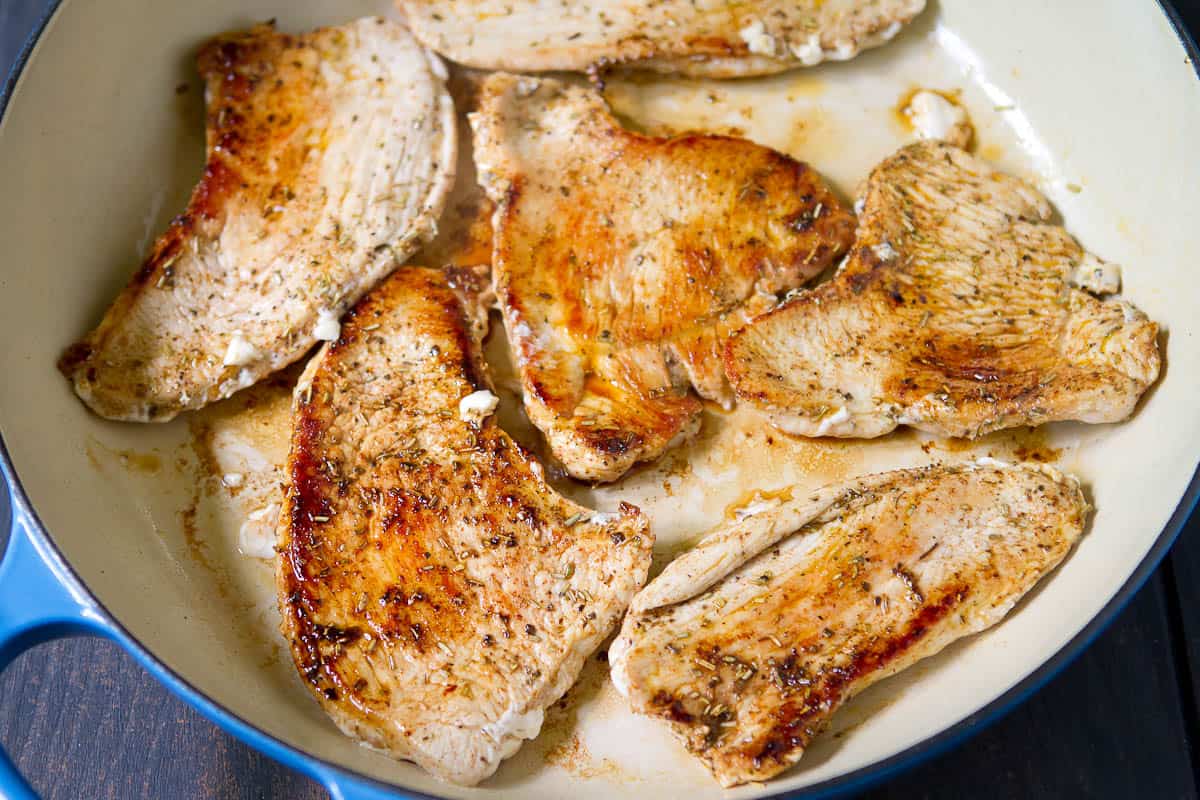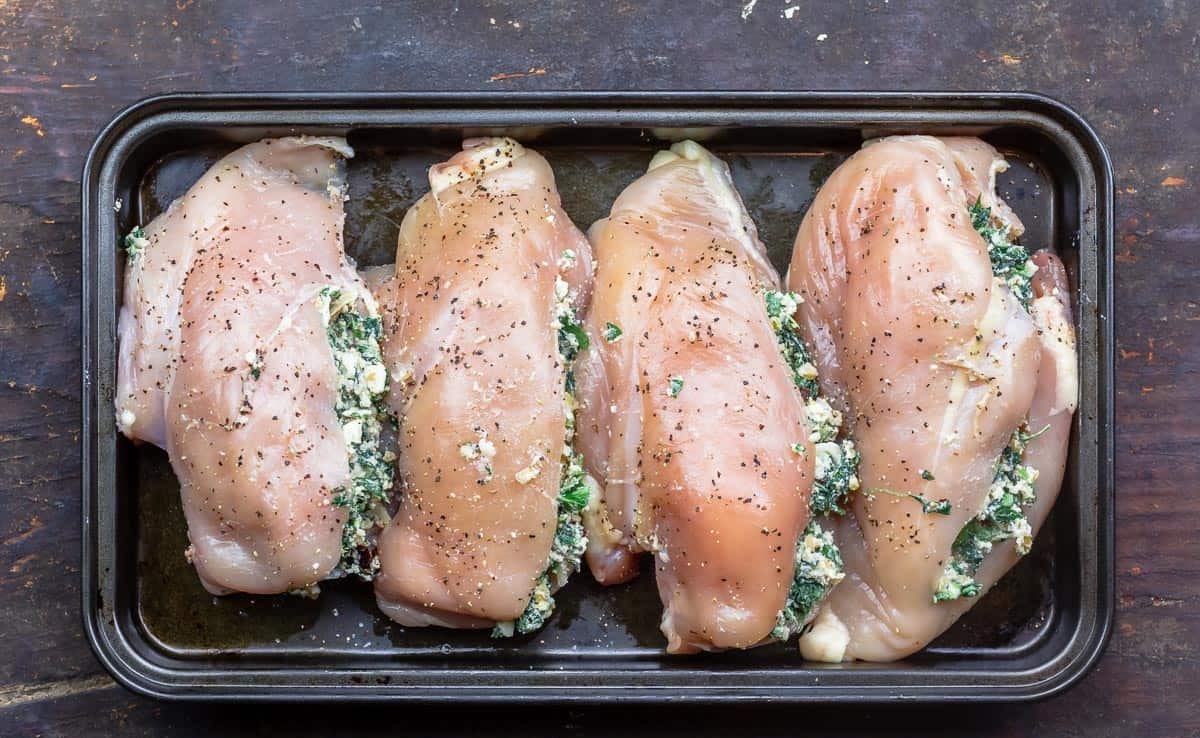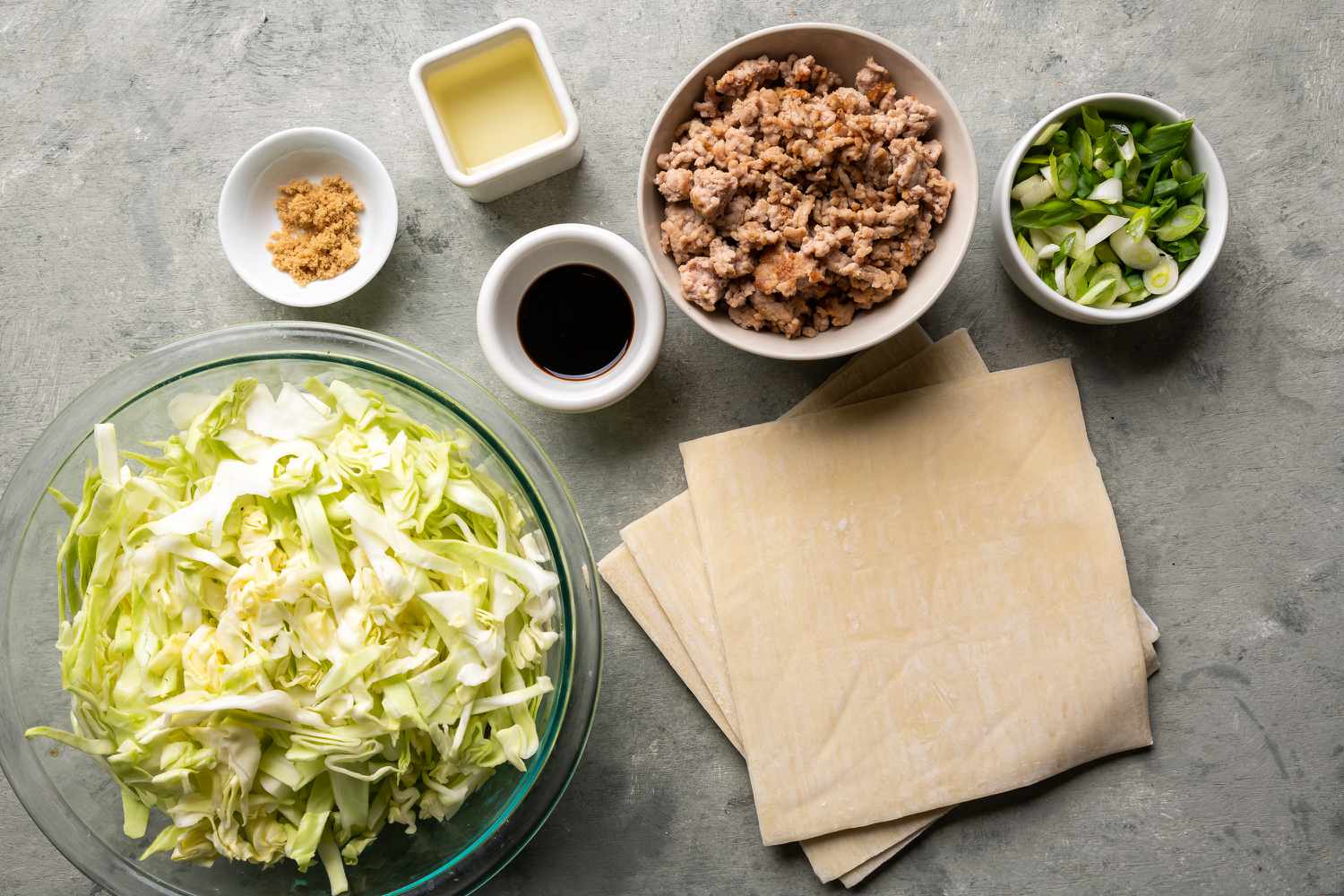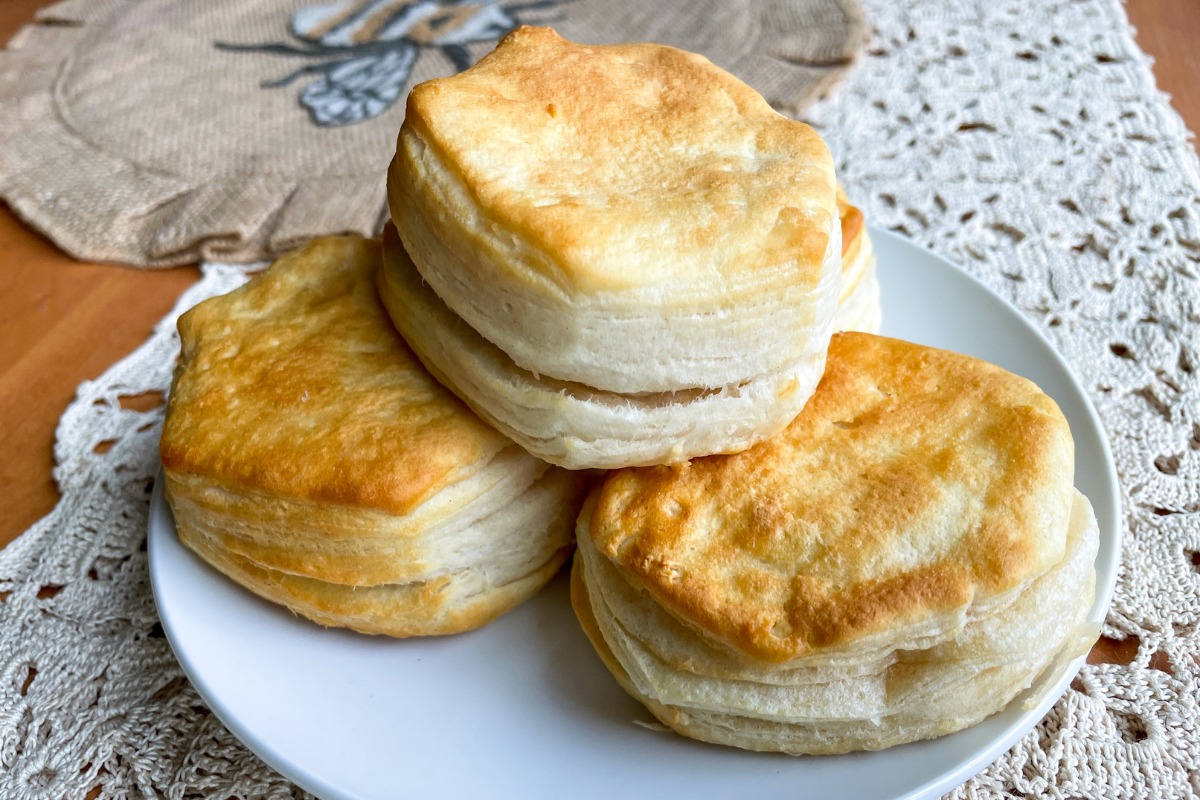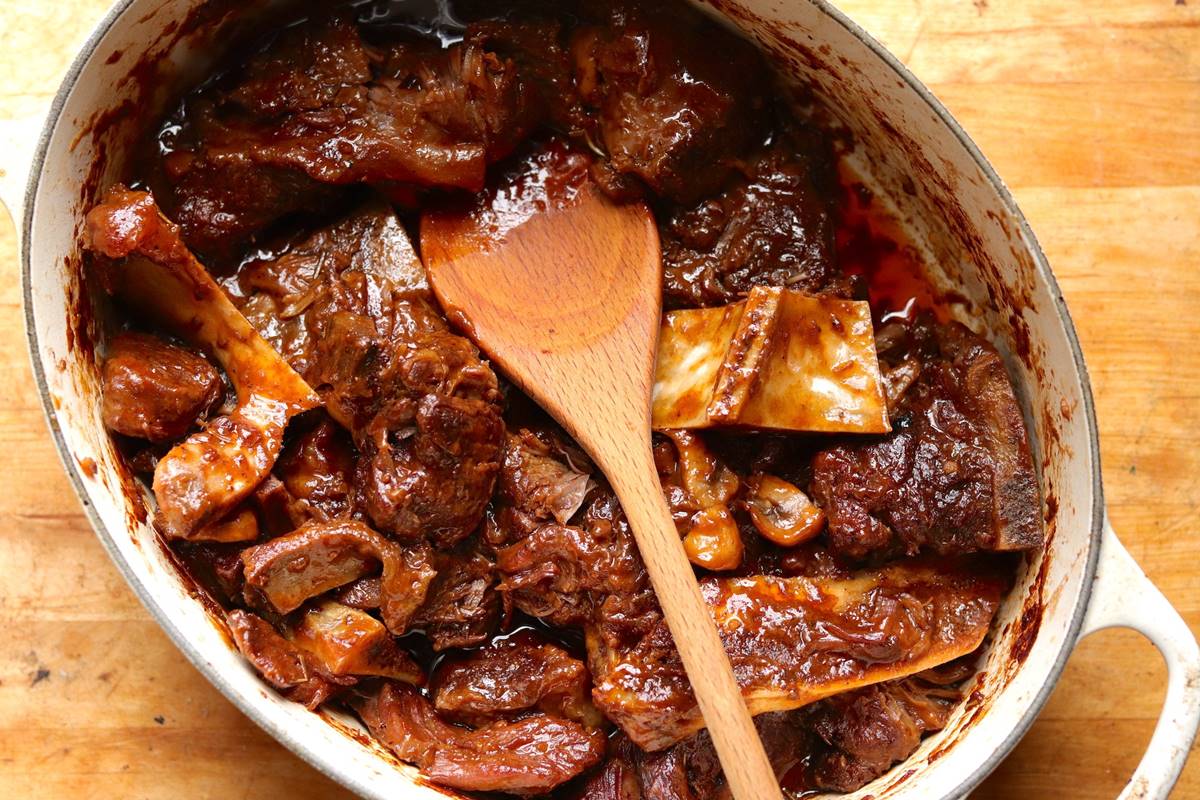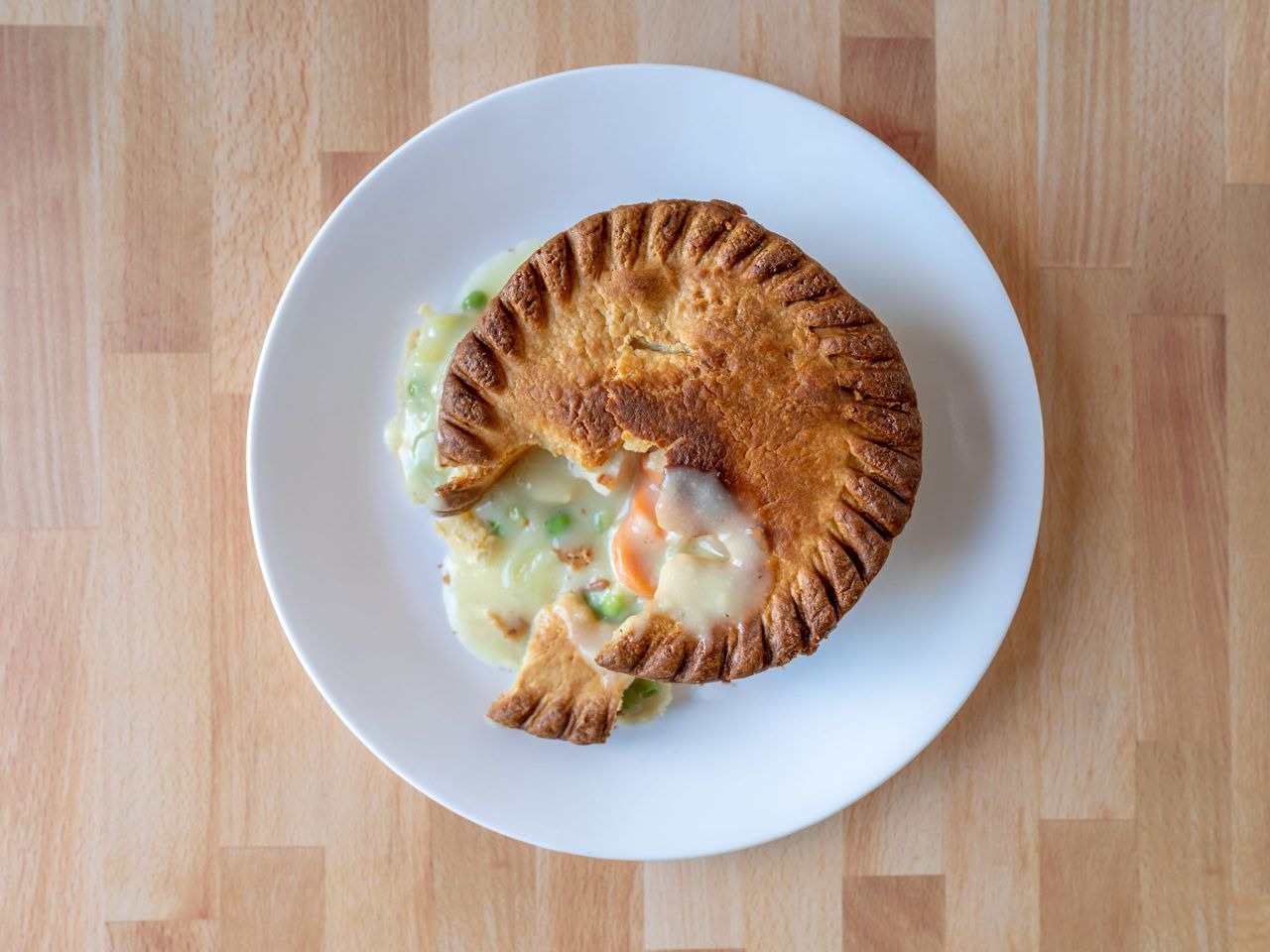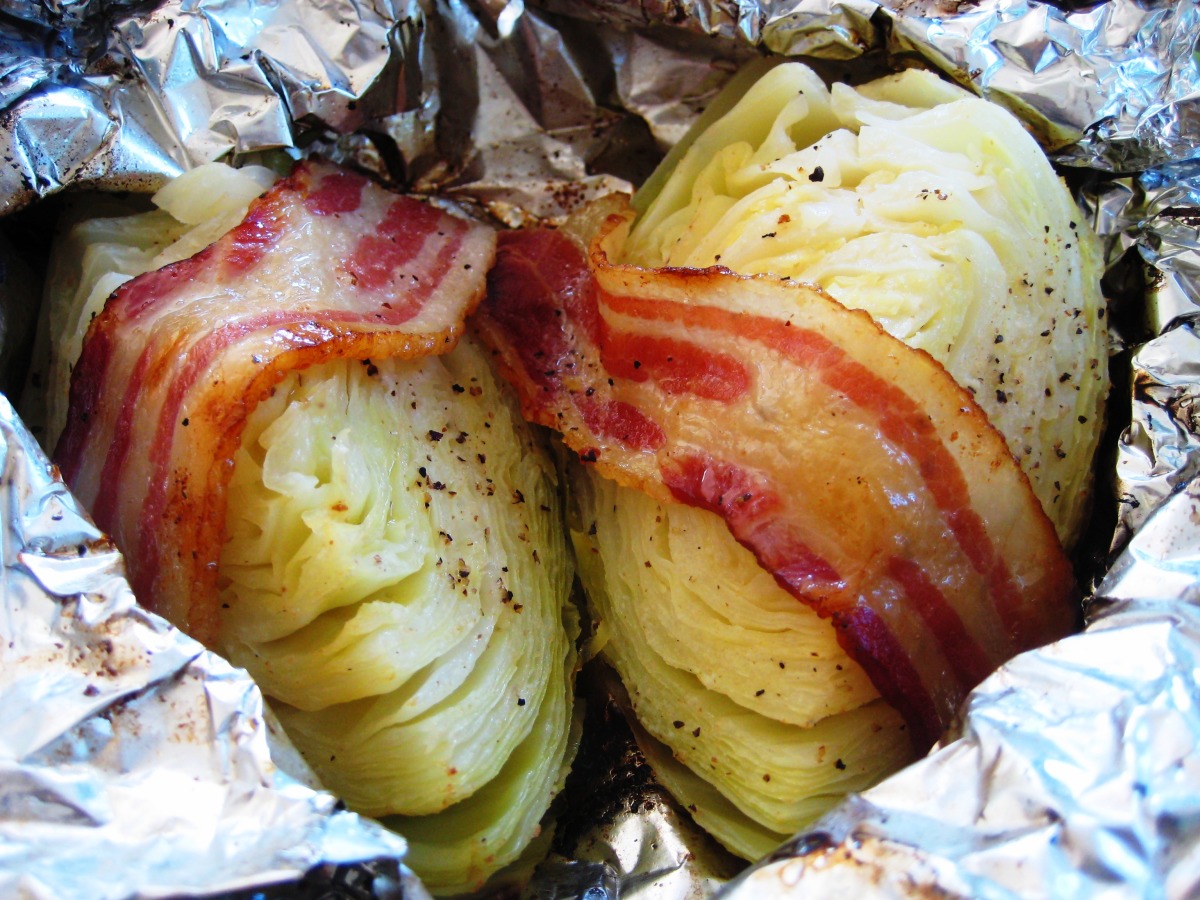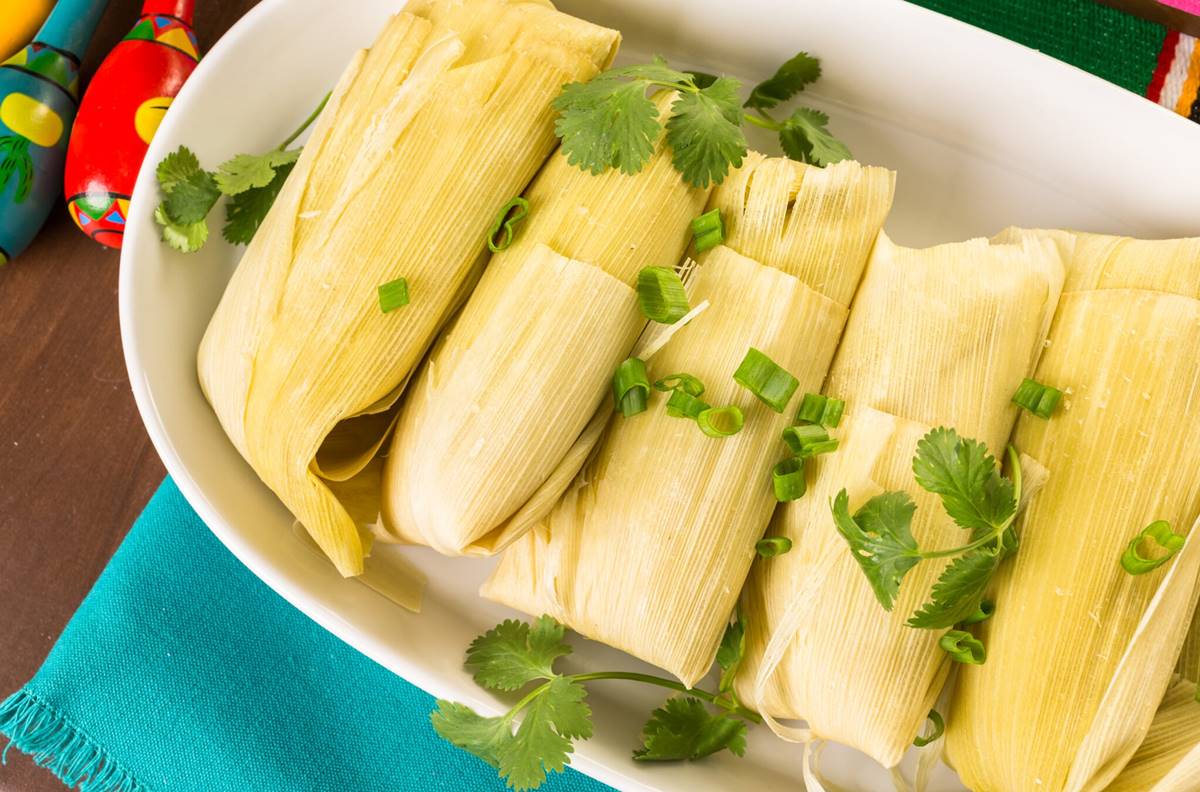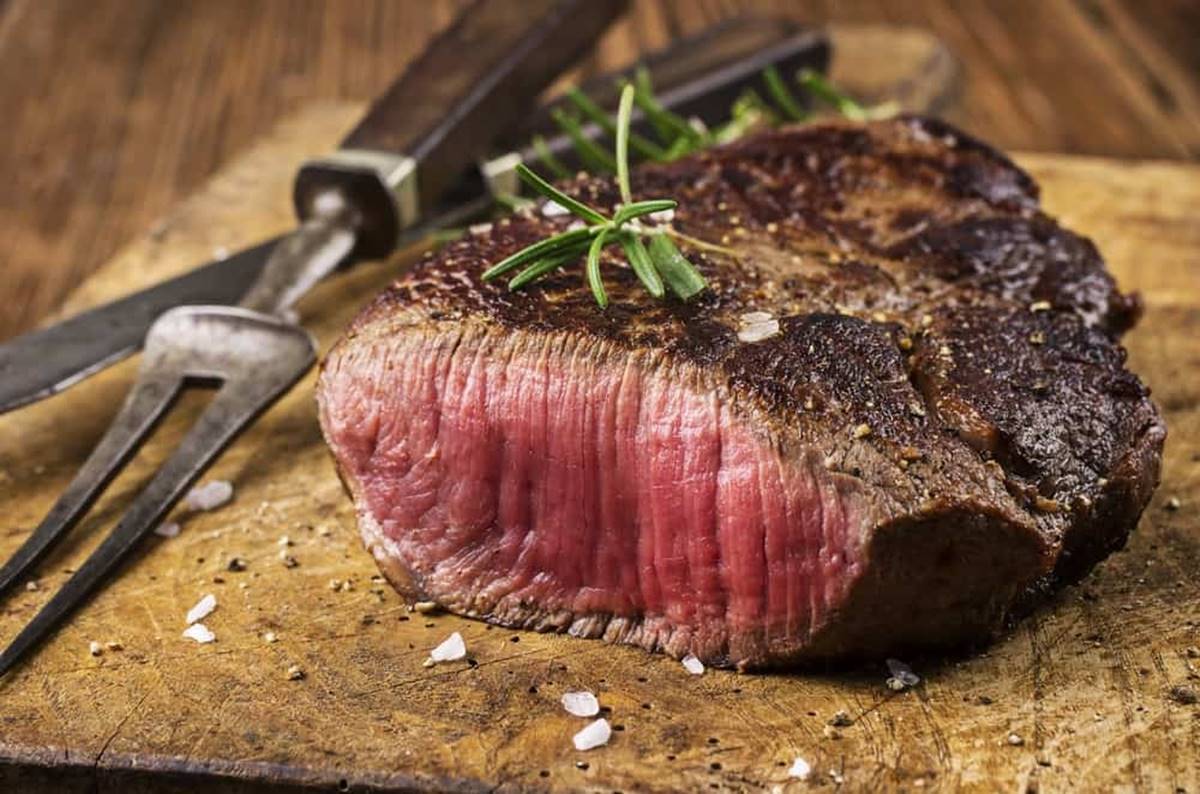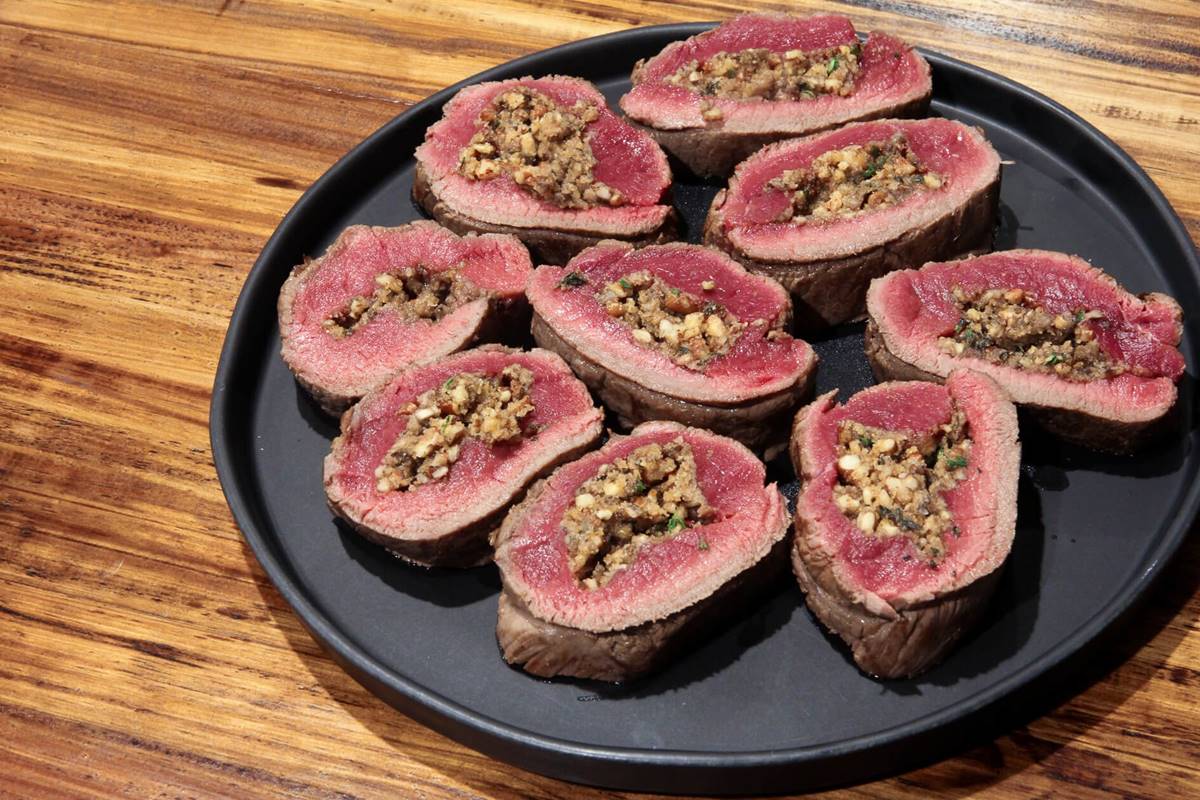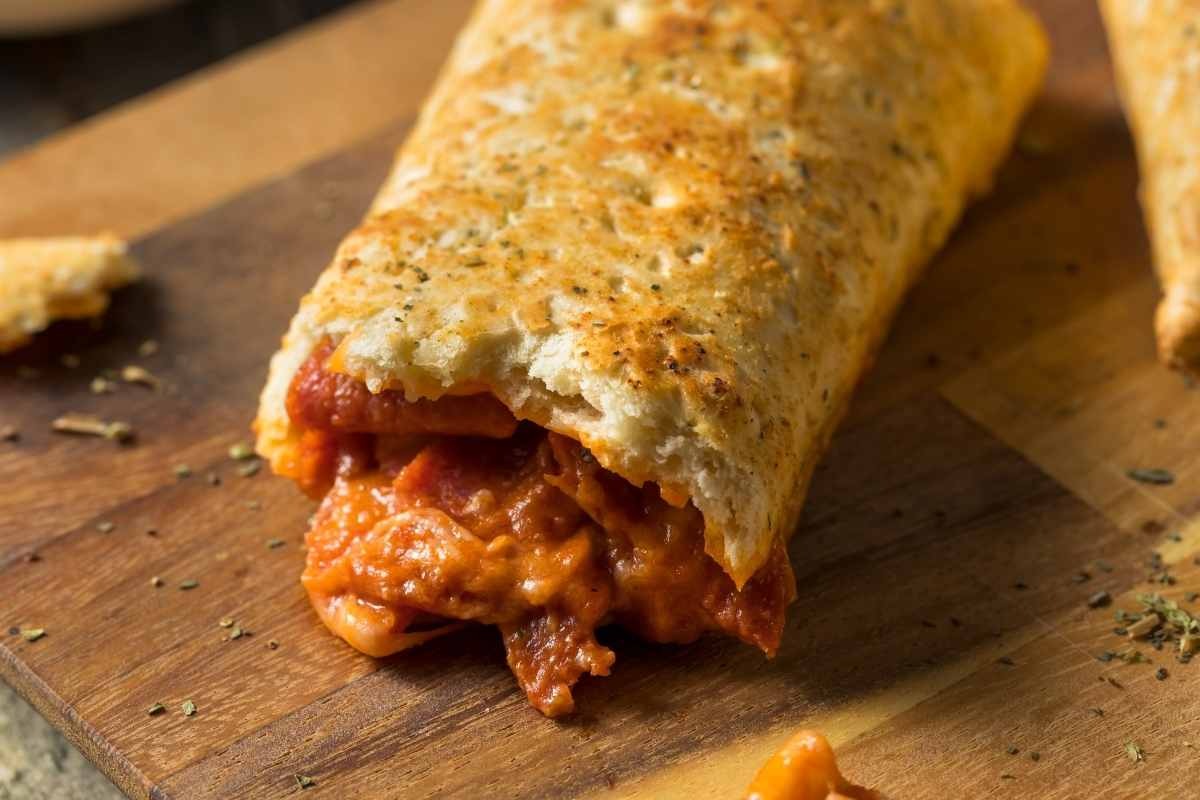How To Cook Frozen Turkey Breast
If you find yourself with a frozen turkey breast and don’t know where to start, fear not! Cooking a frozen turkey breast is easier than you might think. With a few simple steps and some patience, you can have a delicious and juicy turkey breast ready to serve. Here’s how to cook a frozen turkey breast:
1. Thawing the Turkey Breast
The first step in cooking a frozen turkey breast is to thaw it properly. Thawing is essential to ensure even cooking and to prevent any potential safety risks. There are two safe methods for thawing a frozen turkey breast:
- Refrigerator: Place the frozen turkey breast on a tray or pan and allow it to thaw in the refrigerator. It will take approximately 24 hours for every 4-5 pounds of turkey breast. This method is slow but ensures safe thawing.
- Cold Water: If you’re short on time, you can thaw the turkey breast in cold water. Ensure that the turkey breast is in a leak-proof plastic bag and immerse it in cold water. Change the water every 30 minutes to maintain a cold temperature. It will take approximately 30 minutes per pound to thaw using this method.
2. Preparing the Turkey Breast
Once the turkey breast is thawed, it’s time to prepare it for cooking. Here’s what you need to do:
- Remove the turkey breast from the packaging and pat it dry with paper towels. Make sure to remove any giblets or neck bones that may be inside the cavity.
- Season the turkey breast with your preferred herbs and spices. You can use a simple seasoning blend of salt, pepper, garlic powder, and paprika, or get creative with your own combination.
- Brush the turkey breast with olive oil or melted butter to add flavor and help it brown during cooking.
3. Cooking the Turkey Breast
Now it’s time to cook the turkey breast. Here are the two most popular methods:
Method 1: Oven Roasting
- Preheat your oven to 325°F (165°C).
- Place the turkey breast on a roasting rack set inside a roasting pan. This allows the hot air to circulate around the turkey breast for even cooking.
- Cook the turkey breast for approximately 20 minutes per pound or until the internal temperature reaches 165°F (74°C). Use a meat thermometer to check the temperature.
- Once cooked, remove the turkey breast from the oven and let it rest for 10-15 minutes before slicing. This allows the juices to redistribute and ensures a moist turkey breast.
Method 2: Slow Cooker
- Place the turkey breast in the slow cooker and add about 1 cup of chicken broth or water.
- Cook on low heat for 6-8 hours or on high heat for 4-6 hours, depending on the size of the turkey breast.
- Check the internal temperature with a meat thermometer to ensure it reaches 165°F (74°C).
- Once cooked, remove the turkey breast from the slow cooker and let it rest before slicing.
4. Serving and Enjoying
Once your frozen turkey breast is cooked and rested, it’s time to serve and enjoy the delicious flavors. Slice the turkey breast and serve it with your favorite sides such as mashed potatoes, roasted vegetables, or cranberry sauce.
Remember, always handle raw turkey with caution, follow proper food safety guidelines, and ensure that the turkey reaches an internal temperature of 165°F (74°C) to prevent any foodborne illnesses.
Now that you know how to cook frozen turkey breast, you can confidently transform a freezer staple into a delectable main course. Whether you choose the oven-roasting method for a golden and crispy skin or the slow cooker method for a moist and tender turkey breast, your taste buds are in for a treat. Happy cooking!
Explore More Delicious Recipes and Uses
Once you've mastered the art of cooking a frozen turkey breast, the culinary possibilities expand significantly. Readers can delve into an array of recipes that not only enhance their newfound skills but also cater to diverse tastes and occasions. For a classic holiday meal, the Herb-Roasted Turkey Breast with Garlic Mashed Potatoes is highly recommended due to its traditional flavors and comforting side. Those looking for a hands-off approach might enjoy the Slow Cooker Turkey Breast with Cranberry Sauce, perfect for busy days. Additionally, the Turkey Breast Tacos with Salsa and Avocado Cream offer a delightful twist, turning a simple turkey breast into a festive and casual dining experience. Each recipe is designed to utilize your skills effectively while bringing delicious variety to your table.
Was this page helpful?
Read Next: How To Cook Frozen Ground Turkey
